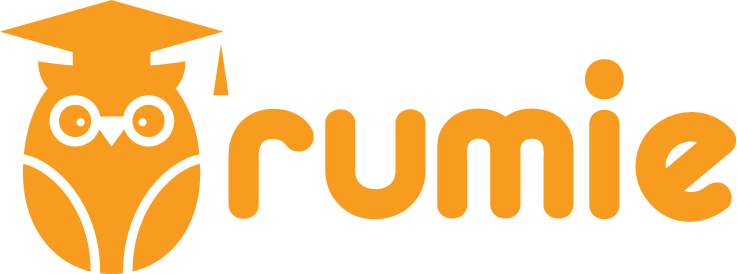Have you ever gone shopping somewhere and had trouble getting what you wanted because you didn't know the English words?
Maybe you had trouble finding the thing that people use to carry the food, or maybe you did not know how to ask if something was in the store.
Let's head to the grocery store and learn how to use words for shopping.
When you see a description in bold, just keep reading to learn the meaning of the word and how to use it.
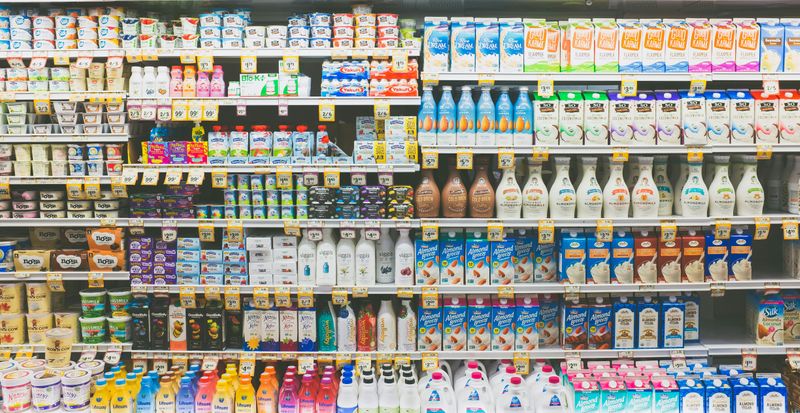 Photo by Kenny Eliason on Unsplash
Photo by Kenny Eliason on UnsplashStep 1: Finding the Food
You're going to the store because you're making a pasta sauce and you need some canned tomatoes.
You need help with a few things:
Where can you find canned tomatoes in the store?
You want the ones that are cheaper.
You also need some help finding the thing that holds all your food while you shop.
You ask a friendly employee for help, who tells you:
The canned tomatoes are in Aisle 3.
The canned tomatoes that are on sale are on the bottom shelf.
The shopping carts are right next to the entrance.
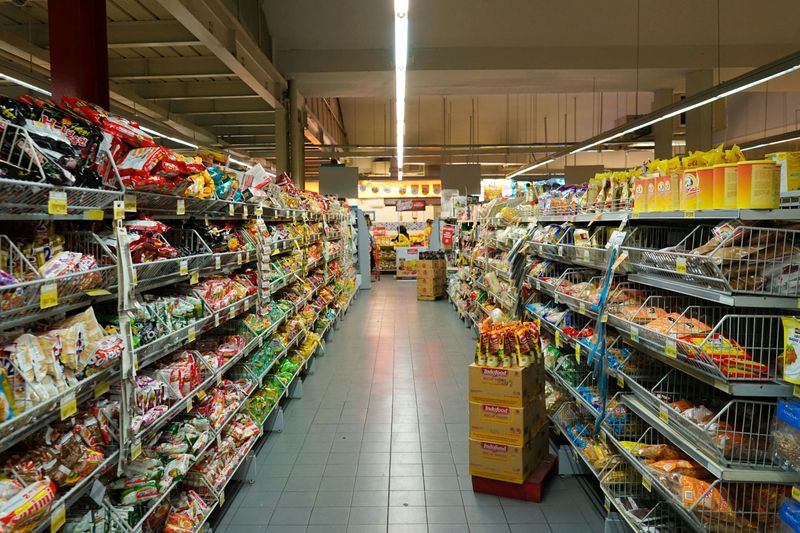 Photo by Fikri Rasyid on Unsplash
Photo by Fikri Rasyid on UnsplashThe important words mean:
Aisle: the space between the shelves in a store.
On sale: when a product is cheaper than usual.
Shopping cart: the wheeled devices that hold your food.
Quiz
Where did the employee say you could find the tomatoes you were looking for?
Step 2: Getting the Food
You go to Aisle 3, but when you get there, you can't find the tomatoes!
You let an employee know and ask:
What does the empty shelf mean?
Are there other cheaper canned tomatoes in the store?
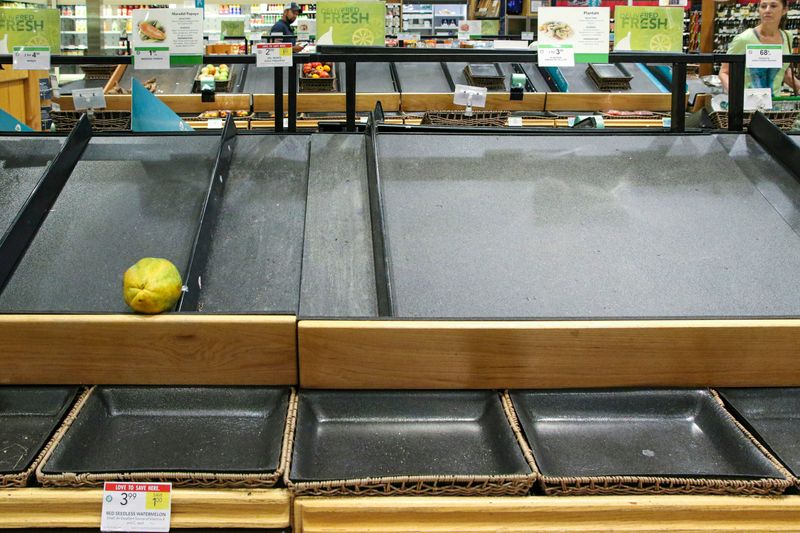 Photo by Mick Haupt on Unsplash
Photo by Mick Haupt on UnsplashThe employee tells you:
They aren't sold out of the canned tomatoes.
They have some more in stock in the back of the store.
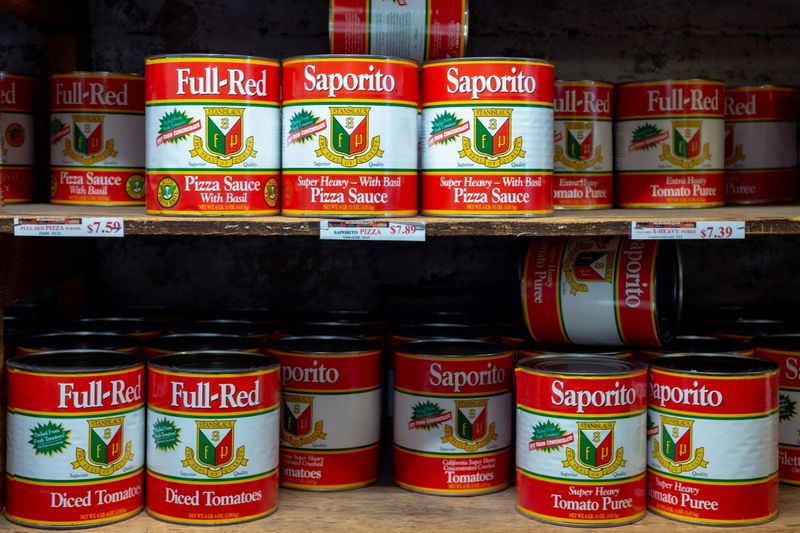 Photo by Joshua Olsen on Unsplash
Photo by Joshua Olsen on UnsplashThe important words mean:
Sold out: all of the products have been sold.
In stock: The products have not all been sold.
Step 3: Leaving the Store
You have what you came for! Now it's time to go home.
But first, you need to figure out a few things:
Where you pay for your products.
There are a lot of people waiting to pay. You wonder if there is somewhere you can pay for your own products without an employee so you can save some time.
The employee tells you:
The checkout is always busy at this time of day.
The lines will be shorter if you use the self-checkout.
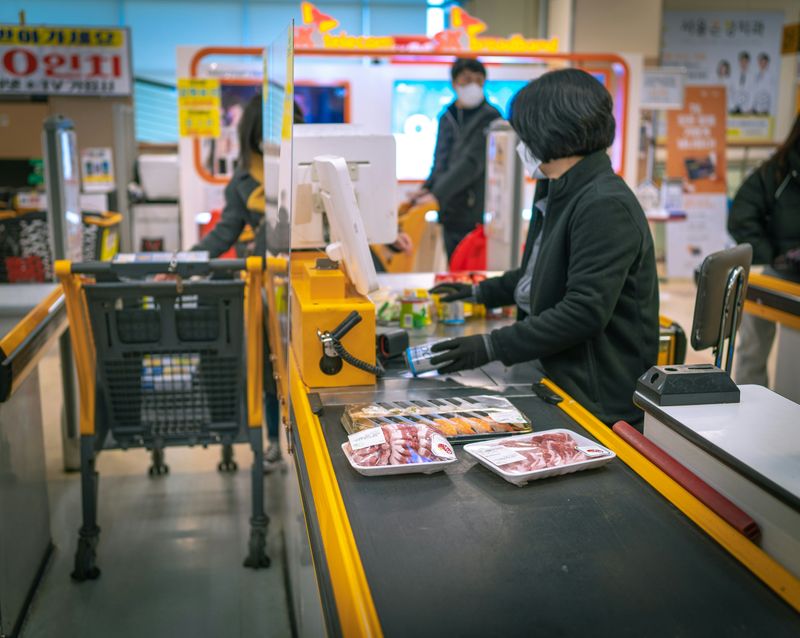 Photo by sq lim on Unsplash
Photo by sq lim on UnsplashThe important words mean:
Checkout: where a store employee scans your products before you pay.
Line: where people wait to pay.
Self-checkout: the checkout where customers scan their own products.
Quiz
Which answers best describe where you pay for your groceries?
Take Action
Get some practice shopping in English! It doesn't have to be at a grocery store — these words and phrases work anywhere.
 Photo by Clark Street Mercantile on Unsplash
Photo by Clark Street Mercantile on UnsplashYour feedback matters to us.
This Byte helped me better understand the topic.
